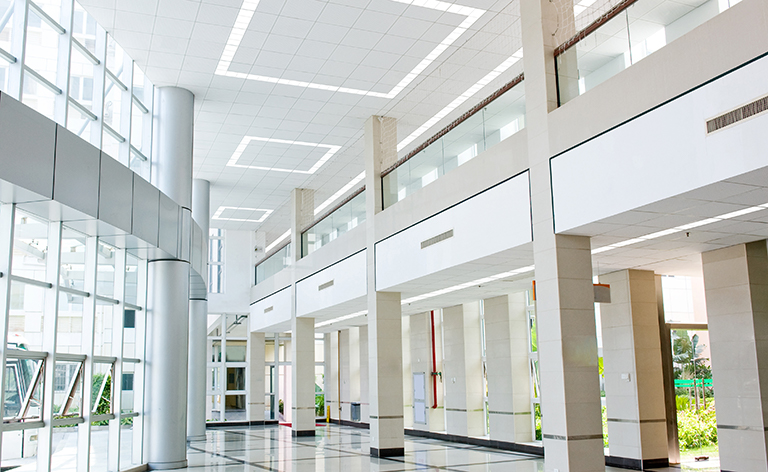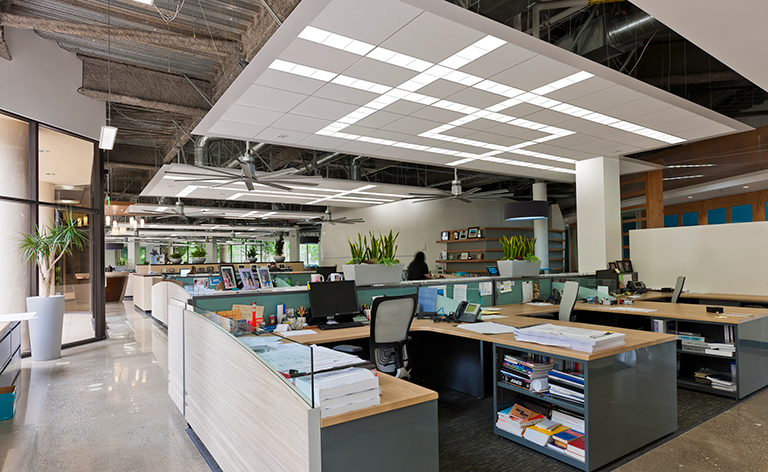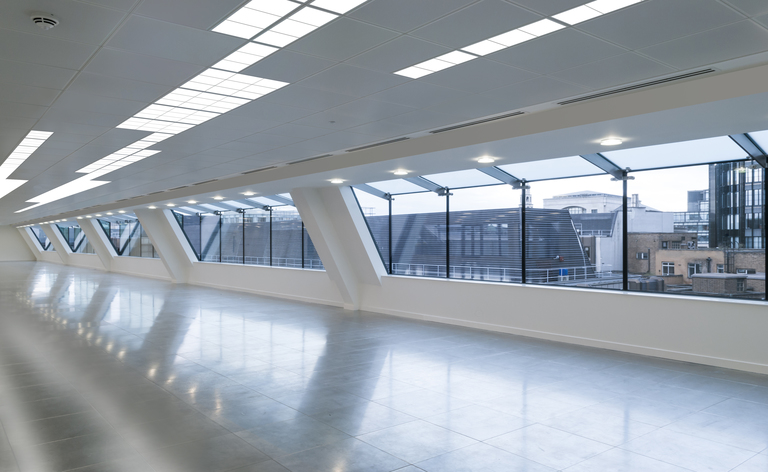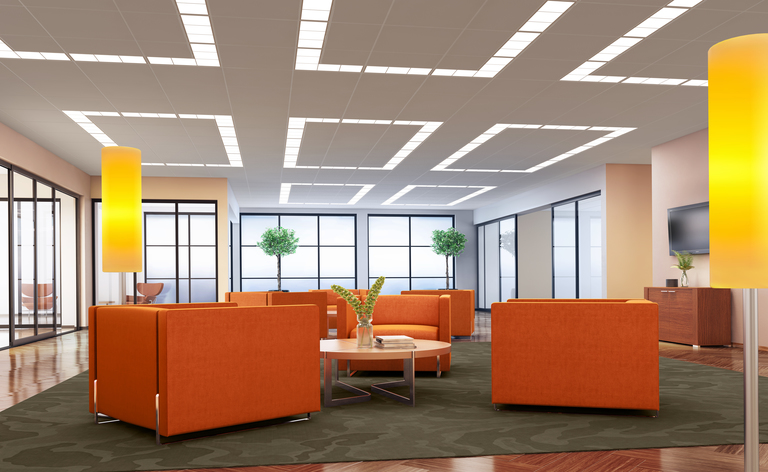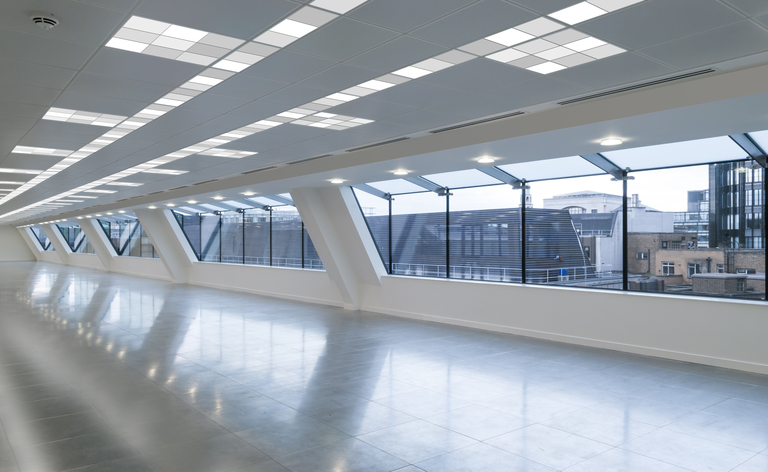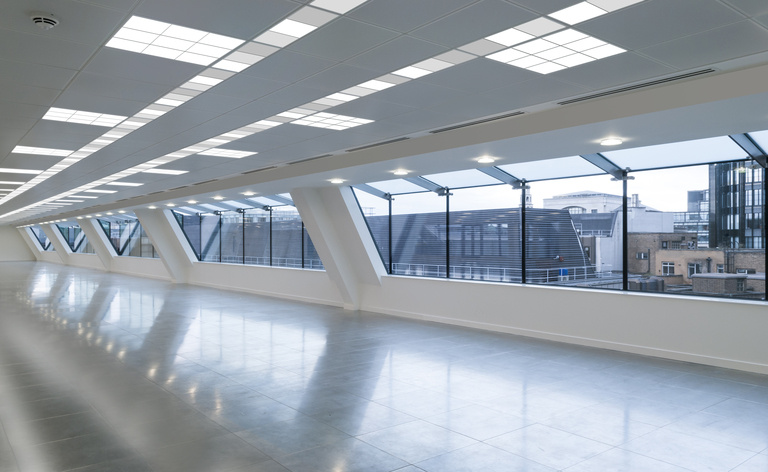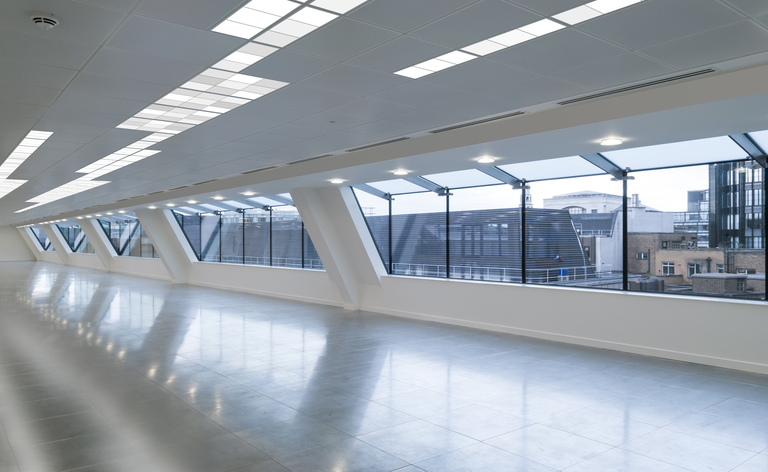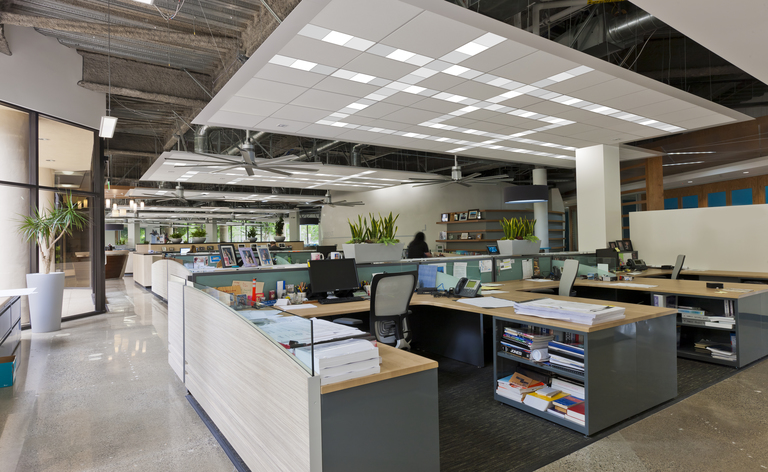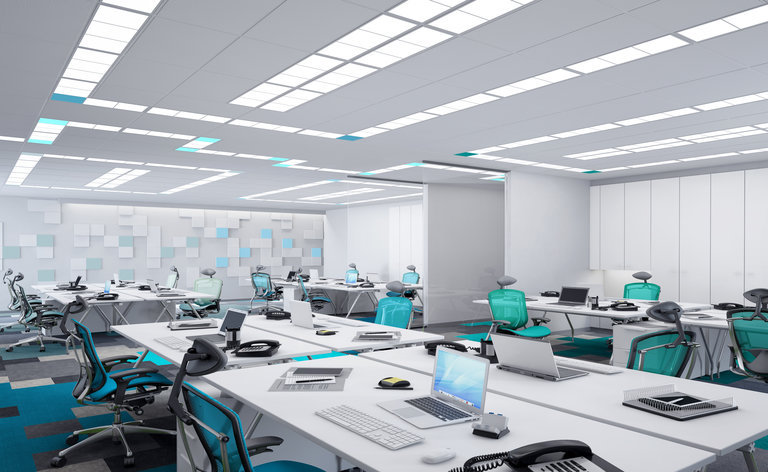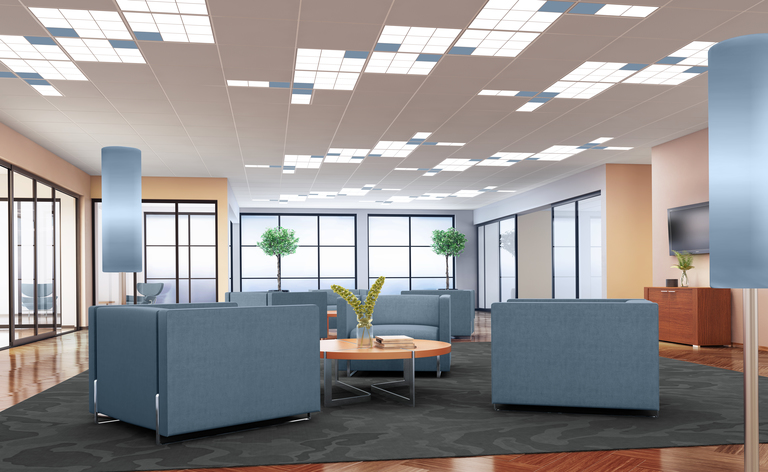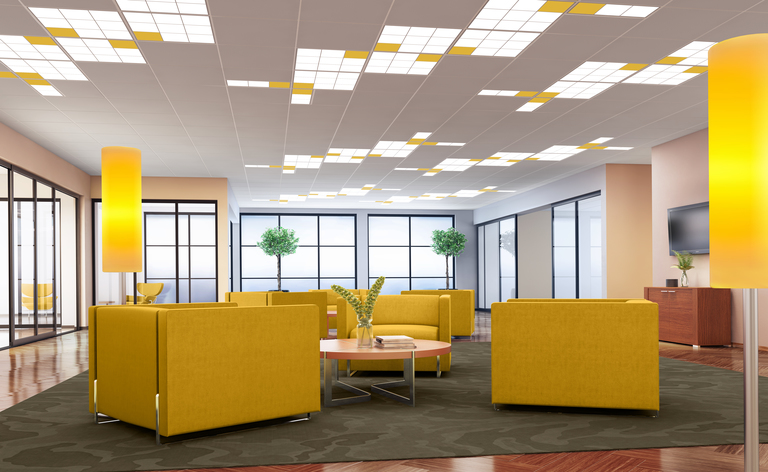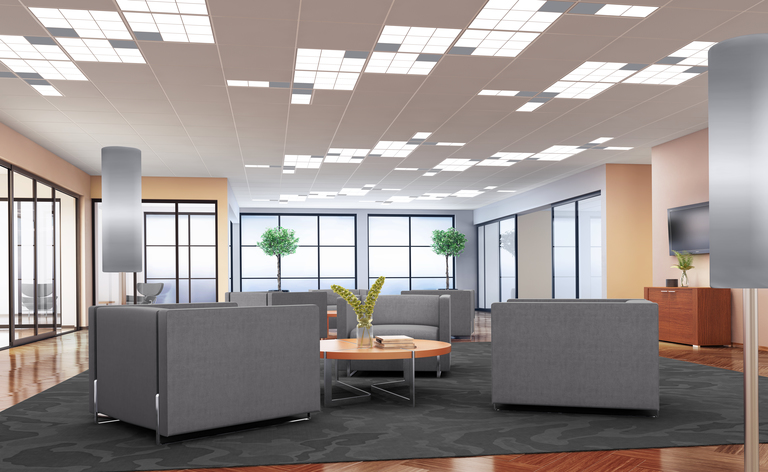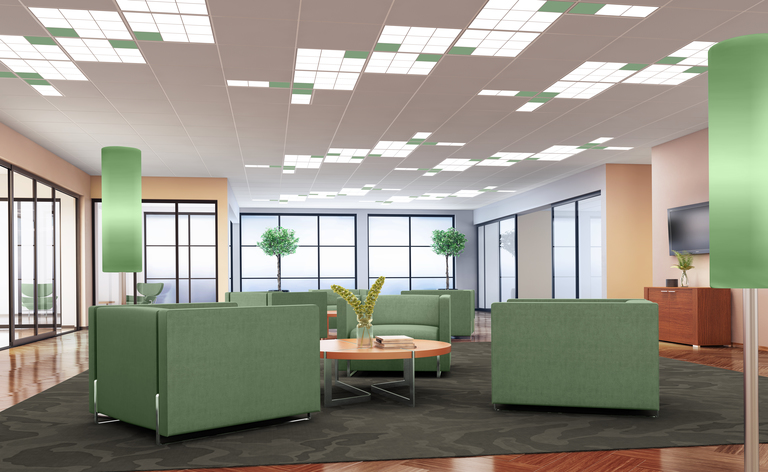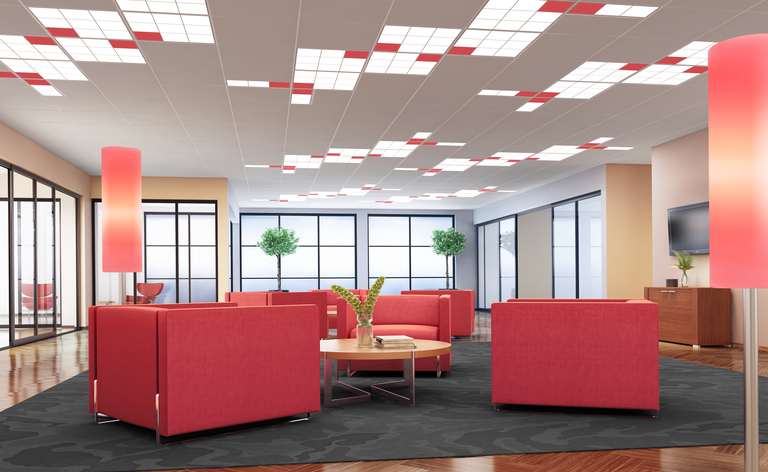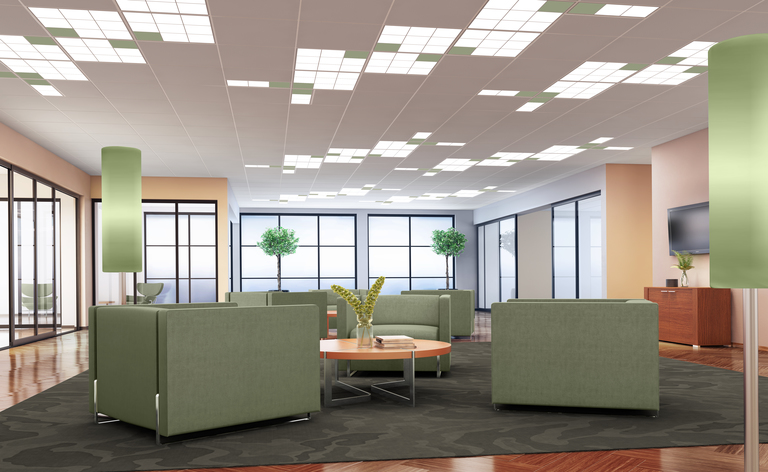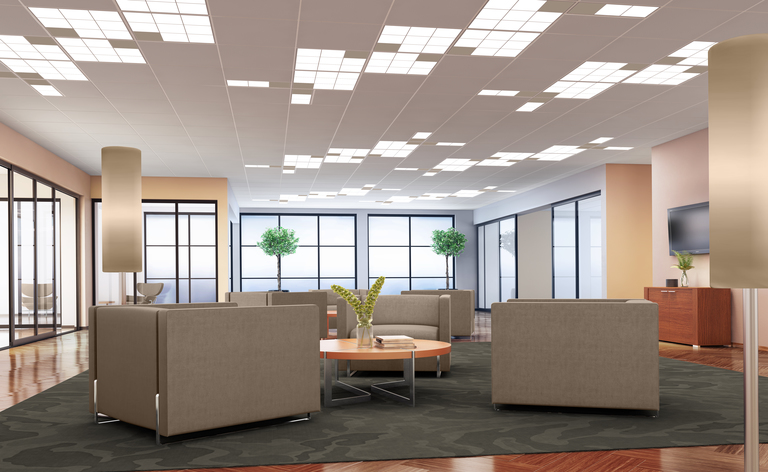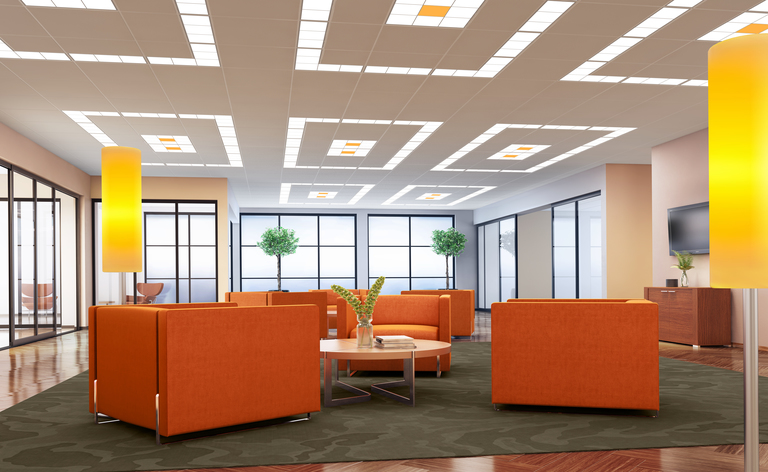Leaderboard
Popular Content
Showing content with the highest reputation on 07/25/2017 in all areas
-
OLED Lighting: System/Design/Technology. Flexible Oled Lighting
Marc reacted to Jamie A. for a topic
OLED technology that resembles natural light and makes it all possible S.F_Senses of the Future. LG is collaborating with world-renowned designer Tokujin Yoshioka, known for his use of groundbreaking experimental techniques to reflect the beauty of nature and the complexity of the human senses. LG and Tokujin Yoshioka showcases their respective optimism for humanity’s future and to impart a lasting impression with an immersive experience utilizing light and everyday objects. Take a closer look at the beauty of S.F Chair and Wall of the Sun, artworks of Tokujin Yoshioka, and the OLED technology that resembles natural light and makes it all possible.1 point -
OLED Lighting: System/Design/Technology. Flexible Oled Lighting
Marc reacted to Jennifer for a topic
What Is OLED Lighting: And How Is It Different from LEDs? LED lighting has been a key factor in the energy-use revolution over the last decade. It’s amazing to think that something as innocuous as a light bulb has been at the forefront of educating consumers on how technology can cut our carbon footprint and improve our homes and businesses. In just a few years, LED lighting went from niche uses to mainstream. Helped in part by a significant drop in price, total installations of LED bulbs in American homes more than doubled from 77 million to 202 million in just one year. That figure is even more impressive when compared to the fewer than 400,000 installations in 2009. But will this dramatic shift from one technology to another repeat itself? Will our 25-year life span LED lightbulbs be obsolete in 10 years when another hot new green technology comes along? We won’t have to wait another decade to find out. That new technology is already here: organic light-emitting diodes, or OLEDs. Estimated to be a $1.3 billion market by 2023, OLED lighting works by using thin layers of organic compounds to emit light through electric currents. In contrast, LEDs predominantly use the chemical yellow phosphor. Score one for OLEDs on the green scale. OLEDs also have no UV rays, whereas LEDs have some. OLEDs differ significantly from LEDs in form. They are made in sheets that are incredibly thin and pliable, so they can be adapted to work in places LEDs can never go. They also emit light evenly, as opposed to the bright, concentrated light of LEDs—think the difference between a paintbrush and a pen. Does this mean OLEDs are going to replace LEDs as a greener, cleaner light source? In short, no. But they will augment and enhance the quest for ultimate lighting efficiency. Due to technical limitations, OLEDs are not, and likely won’t ever be, available in the traditional bulb style. They come as flat panels, which can be replaced as you would a light bulb. Here is an example of a consumer OLED lighting fixture: Source: motherearthnews1 point -
OLED Lighting: System/Design/Technology. Flexible Oled Lighting
Marc reacted to ANDRÉE for a topic
Testing of OLED Luminaires The U.S. Department of Energy (DOE) has released CALiPER Report 24: Photometric Testing, Laboratory Teardowns, and Accelerated Lifetime Testing of OLED Luminaires, which is the first CALiPER report evaluating the performance of OLED luminaires based on independent procurement and testing. Among the findings: Overall, efficacy of the OLED luminaires was low compared to contemporary LED luminaires, ranging from 23 lm/W up to 45 lm/W. OLED panels range between 42 and 55 lm/W according to panel manufacturer data, and much of the efficacy reduction in the luminaire performance is due to very inefficient transformer and driver selections and combinations. The wider availability of dedicated OLED drivers should improve efficacies in the near future. Light distribution was consistent among the tested products – a soft, diffuse, roughly Lambertian emission, moderated only by the physical configuration of the luminaire hardware. This is expected to produce very soft shadows from objects in the path of the light, and patterns of light on surfaces with very soft gradients at the edges of the “beam.” The drivers for all four CALiPER luminaire types were different, with some luminaires using a single driver and others using a combination of electronic components for voltage transformation, conversion from AC to DC, and voltage/current control. The OLED luminaires performed very closely to the manufacturers’ published technical data, where available. OLED panels, drivers, and transformers are still in a steep curve of development. Goals are higher efficacy; longer life, before panel replacement on the jobsite is needed; better lumen maintenance over time; even better color quality and wider CCT options; higher-efficiency drivers; and robustness under high temperature, high humidity, and rough handling from shipping and installation. Improvements in these areas could make OLED luminaires more accepted in the architectural marketplace, and adopted as a trusted lighting solution. For a closer look at the findings, download the full report Testing of OLED Luminaires (3.68 MB).pdf Rubik from Mark Architectural Lighting Source: http://energy.gov, acuitybrands1 point




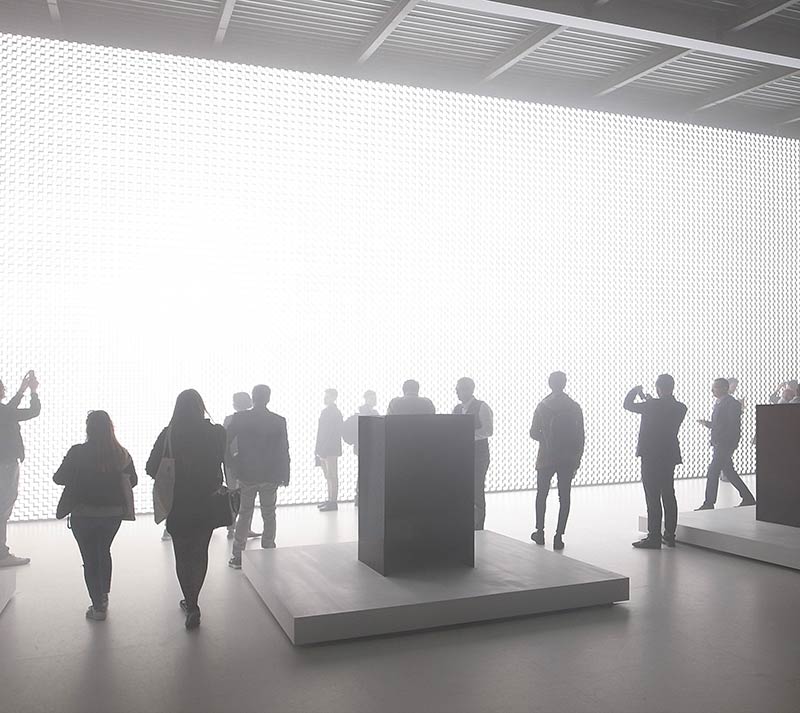
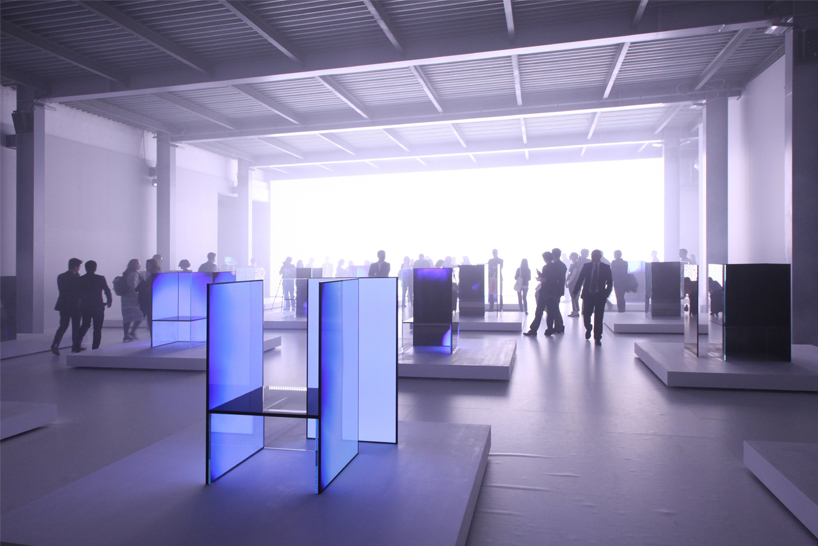
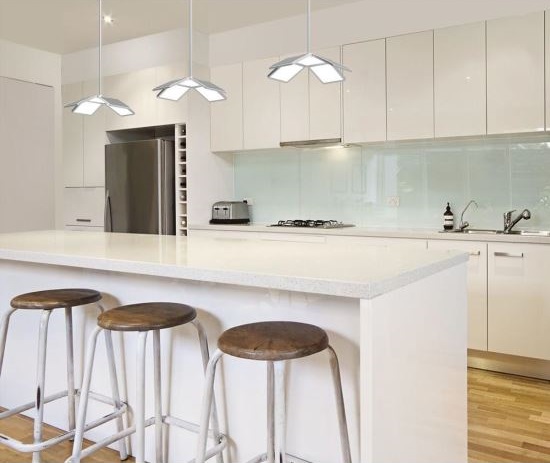
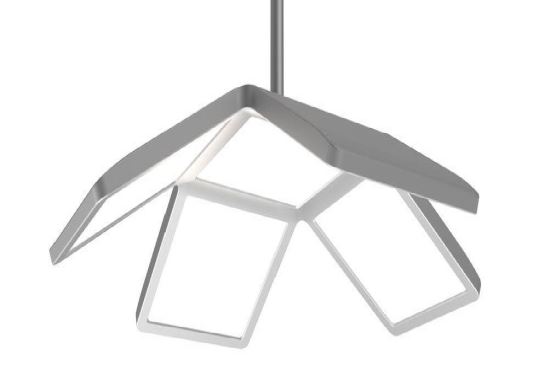
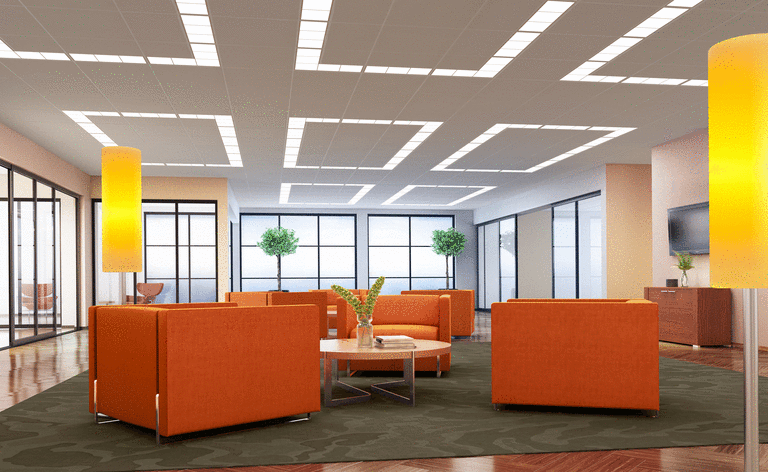
.gif.43d0330ee3a294e8098a4d4e2da5b19c.gif)

